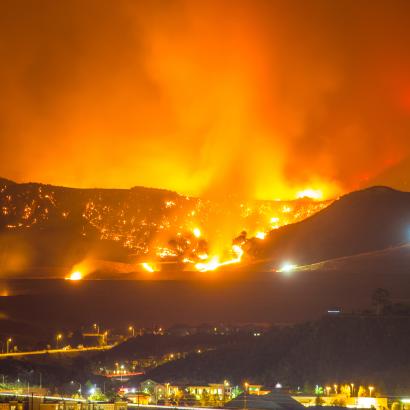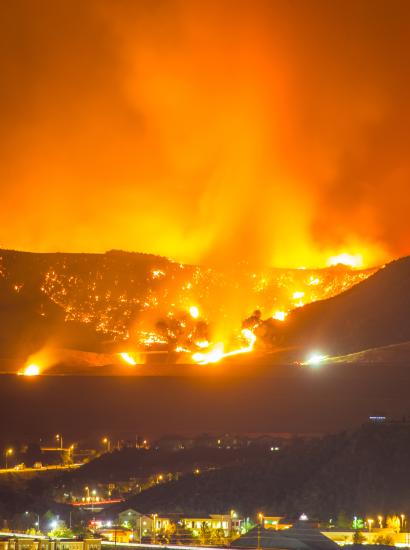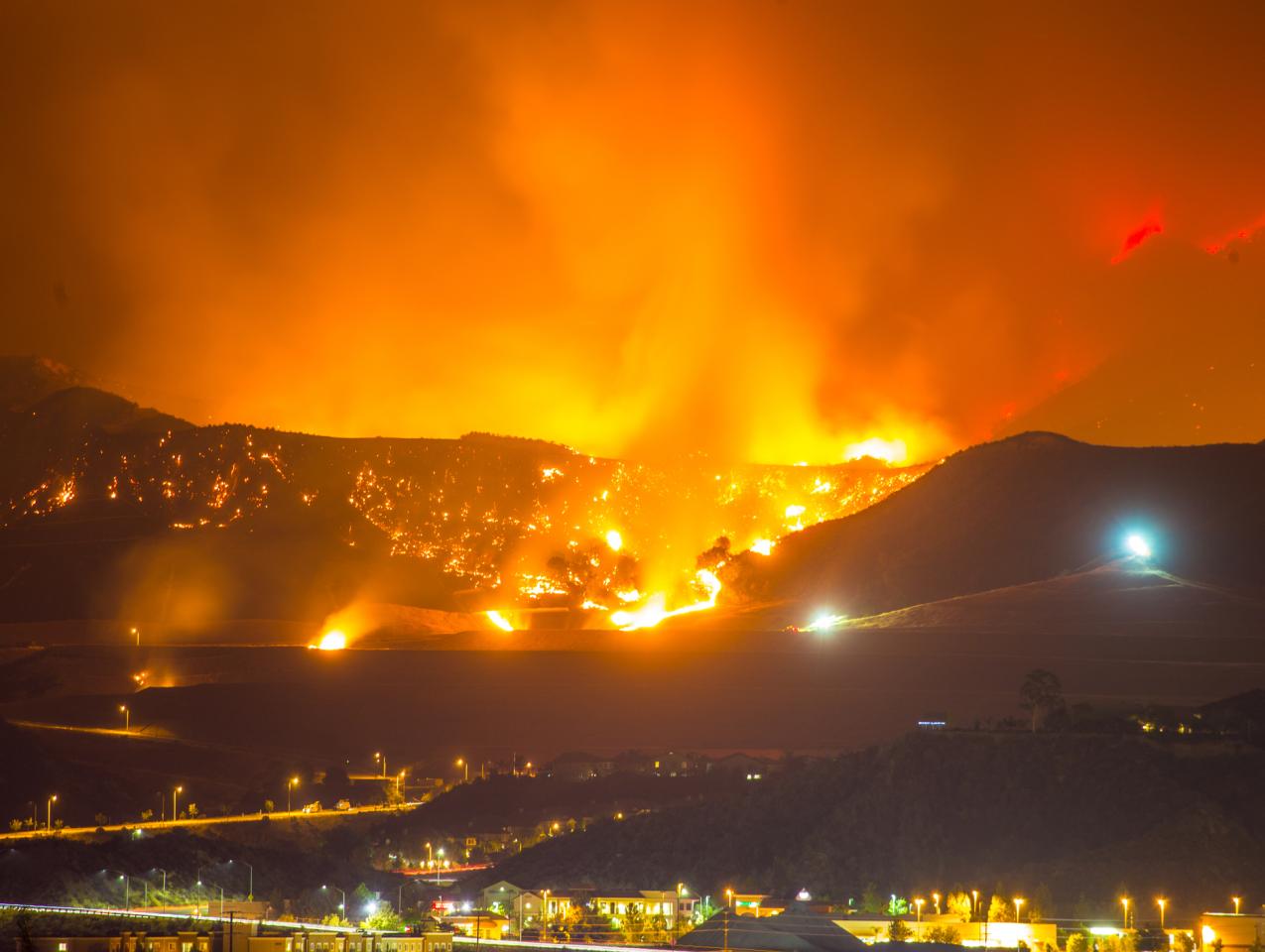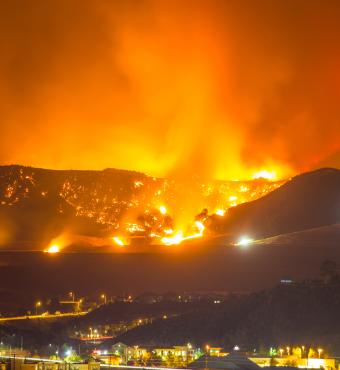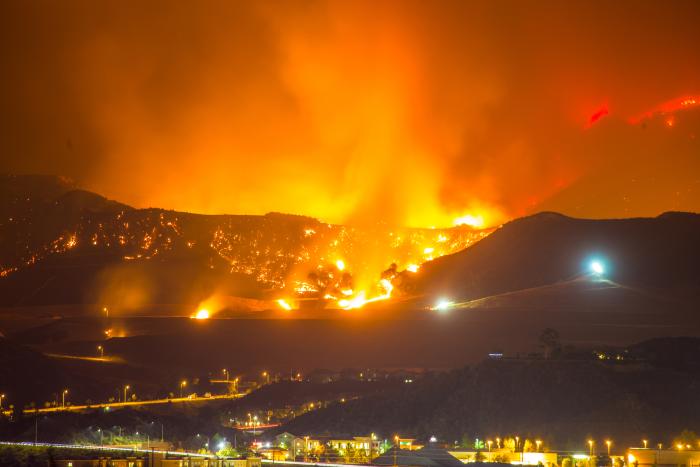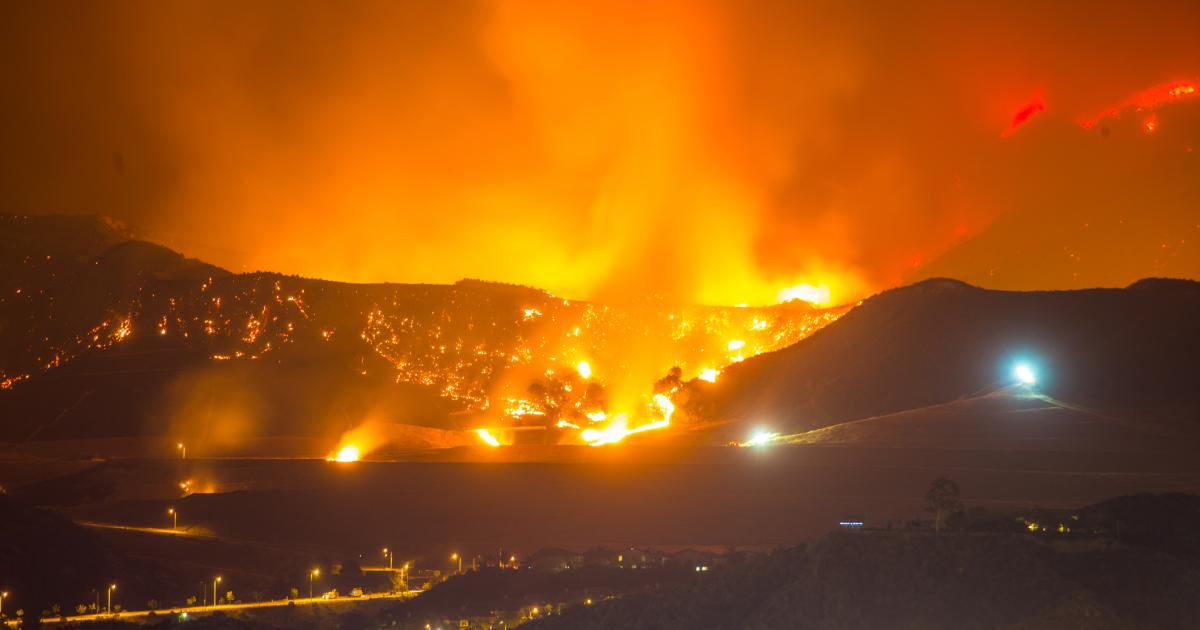- State & Local
- California
The Los Angeles Fire Department (LAFD) recently released its after-action review of the 2025 Palisades Fire. The report notes several missteps as the fire burned more than 23,000 acres, killed 12 people, and destroyed nearly 7,000 structures—a destructiveness aggravated by city hall and LAFD decisions taken well before the firestorm’s first spark.
But what is most notable about the report is an omission of any discussion of whether the Palisades Fire, which began January 7, could have been prevented had reasonable measures been taken following the containment of the Lachman Fire, which burned about eight acres in the Palisades on January 1.
The report notes, “By approximately 0338 hours, forward progress [of the Lachman Fire] was stopped, with the hose lines effectively containing the fire by approximately 0451 hours. Resources remained on patrol status for an additional 12 hours until the last company cleared at 1641 hours on January 1, 2025.”
Fires can rekindle, which is why fire departments frequently use thermal imaging technology to determine if a fire has indeed been extinguished. This was not used by the LAFD following the Lachman Fire, which was noted by one fire expert as a “major error” on the part of the LAFD.
Some recently reported evidence indicates that the January 7 Palisades Fire was a rekindling of the Lachman Fire, which continued to smolder after firefighters left that scene. The LAFD’s interim fire chief pushed back on criticism of his department, stating, “We did everything we could do.”
But according to a Los Angeles Times article last week, LAFD’s performance could have been considerably better. In fact, the reporting indicates that infrared technology wasn’t even needed to determine that the fire was extinguished, because according to the Times, fire crews at the site of the Lachman Fire on January 2 sent text messages to their battalion chief saying the ground was still hot to the touch and smoldering.
Despite firefighters’ messages that the fire was not extinguished, according to the Times, the chief allegedly ordered the crew to leave the site of the Lachman Fire, even after one firefighter allegedly indicated it was “a bad idea” to leave. Just a few days later, it is now believe that strong Santa Ana winds turned the apparently still smoldering Lachman Fire into the Palisades Fire. One firefighter wrote afterwards: “And the rest is history.”
The fire department stated that crews “cold-trailed” the area (using hands to feel for heat) and returned to the Lachman Fire burn scar on January 3 after a report of smoke. But according to the Los Angeles Times, the LAFD has produced no dispatch records confirming the return visit.
A video taken by a hiker on January 2 at the Lachman Fire burn scar apparently shows that it was still smoldering. In addition, LA City Council member Traci Park noted that Palisades residents had reported to her office smoke from the Lachman Fire burn area before the breakout of the Palisades Fire.
This suggests that the Palisades Fire may have been preventable had standard safety measures been followed to ensure that its apparent predecessor—the Lachman Fire—was extinguished.
Some of what is in the after-action report is troubling. Because the department had changed its fire-weather matrix in 2017 from “shall staff” to “consider staffing,” hundreds of potential personnel were at home until hours after the Palisades Fire exploded. The “coded assign hire” system, which is essentially a rapid-recall mechanism, was “not activated due to no available staffing codes.”
In preparing for extreme weather, the LAFD staffed only five of more than 40 engines available to supplement the regular firefighting force, and the firefighters who voluntarily returned to duty could staff only three of these engines. And LAFD officials did not pre-deploy any additional engines to the Palisades. In some previous extreme weather conditions, the LAFD pre-positioned engines in the Palisades, which has a lot of very flammable chapparal in the hills above Palisades Village. It is noteworthy that before the fire, the LAFD had significantly relied on teen volunteers to remove brush in the Palisades rather than having the budget to pay for full-time professional crews to remove brush.
The report notes that another 40 engines were in the repair yard, some of which were stripped of tools or awaiting parts, and that the reserve fleet had diminished over time. While the LAFD’s $900 million budget (including both its operational and nondepartmental budget) in 2024–25 was considerable, it represents only about 7 percent of the City of Los Angeles’s nearly $13 billion budget.
During the 2024–25 fiscal year, the city’s budget included substantial spending on combating climate change and homelessness. Mayor Karen Bass issued a press release last December indicating that the city had created 100,000 jobs in green energy and had installed 16,000 EV chargers over the previous two years.
She noted, “We have worked urgently to build a greener Los Angeles to make a healthier and more sustainable city.” While some will applaud LA’s progress on the green energy front, it is important to note that Los Angeles alone can do virtually nothing to affect climate change, because greenhouse atmospheric gases are a global phenomenon. California accounts for less than 1 percent of the global total, and Los Angeles probably accounts for around 0.1 percent, since the city is home to about 10 percent of the state’s population.
Over $40 million in the city’s fiscal year 2024–25 budget was allocated to electrifying transportation, including buses, street sweepers, and trucks. About $13 million was allocated to installing EV chargers. City budgets must reflect an assessment of the costs and benefits of each dollar spent. It is now painfully clear that those expenditures would have been much better allocated to fire prevention and protection.
Following the Times publication of the text messages from the Lachman burn scar firefighters, LA’s Mayor Bass has ordered the LAFD to conduct a full investigation. But how will an agency that is alleged to have made perhaps the worst firefighting decision in recent city history be trusted to conduct such an investigation? This obviously needs an independent investigation. And if such an investigation verifies the alleged mistake that the Lachman Fire was never extinguished, the City of Los Angeles may face lawsuits that could potentially devastate the city’s finances.
Rick Crawford, a former LAFD battalion chief, said, “LAFD had many opportunities to take on this fire. One is mop it up properly to ensure that it’s out in between January 1 and Janaury 7 by having someone look at it and possibly put patrols on. And the duty to ensure the fire was 100% out, because the repercussions were going to be immense.”
Twelve dead, perhaps $25 billion in damage, and nearly 7,000 structures destroyed or damaged. It is hard to find the right adjectives to describe what happened in the Palisades. Heartbreaking? Horrific? Unbelievable? Whatever adjective, think for a moment about those who lost their lives and those whose lives have been forever changed. And what might have been, had different decisions been made.








